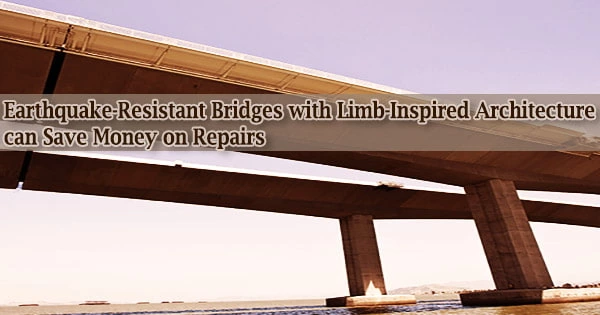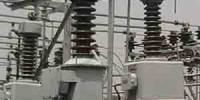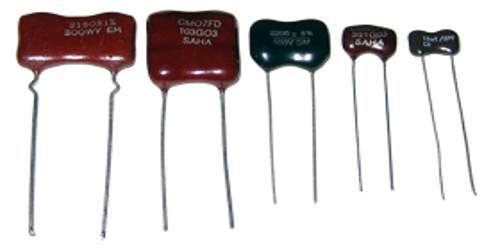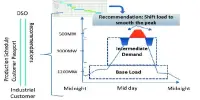Any structural damage to one of the country’s aging bridges may cost billions of dollars to restore. More damage-resistant constructions and, as a result, lower restoration costs are promised by new bridge designs.
However, if these designs haven’t been tested in the actual world, it’s impossible to forecast how they’ll be destroyed and what restoration procedures should be used.
Texas A&M University and the University of Colorado Boulder researchers used a panel of experts from academia and industry to undertake a full damage and repair assessment of a yet-to-be-implemented bridge design in a study published in the journal Structure and Infrastructure Engineering.
According to the researchers, the expert feedback method provides a unique and reliable tool for assessing the viability of bridge designs that are still in the early stages of development.
“Bridges, particularly those in high-seismic regions, are vulnerable to damage and will need repairs at some point. But now the question is what kind of repairs should be used for different types and levels of damage, what will be the cost of these repairs and how long will the repairs take these are all unknowns for new bridge designs,” said Dr. Petros Sideris, assistant professor in the Zachry Department of Civil and Environmental Engineering. “We have answered these questions for a novel bridge design using an approach that is seldomly used in structural engineering.”
The majority of bridges are monolithic structures consisting of concrete poured over forms that give the structure its shape. These bridges are capable of supporting their own weight as well as additional loads such as traffic. These buildings, however, could crack if there is an unanticipated incidence of seismic activity, according to Sideris, and repairing the damage would be prohibitively expensive.
Fixing bridges is a slow process and costs a significant amount of money, which then indirectly affects the community. Novel bridge designs that may have a bigger initial cost for construction can be more beneficial in the long run because they are sturdier. The money saved can then be used for helping the community rather than repairing infrastructure.
Dr. Petros Sideris
To address these flaws, Sideris and his team devised a new design known as a hybrid sliding-rocking bridge. These bridges are built up of columns with limb-inspired joints and segments, rather than a monolithic design.
As a result, in the case of an earthquake, the joints allow some of the energy from the ground motion to dissipate while the segments slide over one another instead of bending or cracking. Despite the hybrid sliding-rocking bridge design’s overall appeal, nothing is known about how the bridges would perform in real-world scenarios.
“To find the correct repair strategy, we need to know what the damages look like,” said Sideris. “Our bridge design is relatively new and so there is little scientific literature that we could refer to. And so, we took an unconventional approach to fill our gap in knowledge by recruiting a panel of experts in bridge damage and repair.”
In order to identify the damage states in experimentally tested hybrid sliding-rocking segment built columns, Sideris, Dr. Abbie Liel, professor at the University of Colorado, Boulder, and their team enlisted the help of an expert panel of eight from industry and academia. The panel recommended repair options and projected repair costs based on their assessments of the observed damage.
The researchers then used that information to repair the broken columns, retest them under the identical initial damage-causing conditions, and compare the behavior of the repaired column to that of the original column using computational analysis. In comparison to bridges built with traditional designs, the panel discovered that columns built using their design incurred less overall damage.
Even when subjected to vibrations resembling a strong once-in-a-thousand-years earthquake, the columns showed very little damage. Furthermore, the damage could be restored swiftly using grout and carbon fibers, implying that no particular restoration approach was necessary.
“Fixing bridges is a slow process and costs a significant amount of money, which then indirectly affects the community,” said Sideris.
“Novel bridge designs that may have a bigger initial cost for construction can be more beneficial in the long run because they are sturdier. The money saved can then be used for helping the community rather than repairing infrastructure.”
















